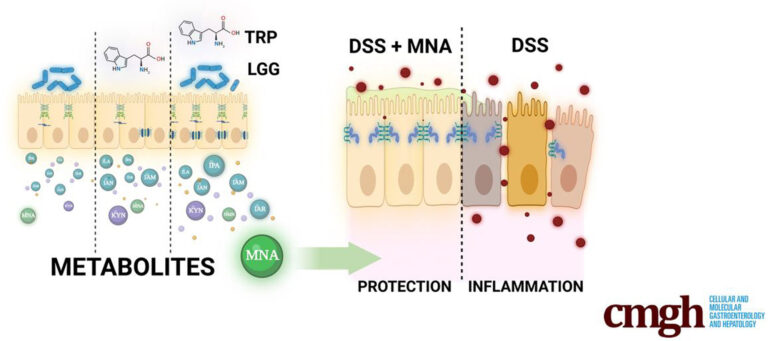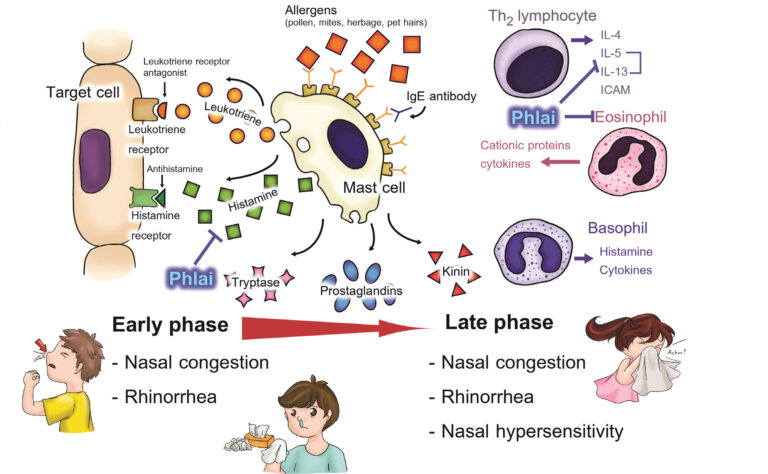
Dr. Panan Suntornsaratoon
Education
- Postdoctoral fellow at Rutgers University, New Jersey Medical School, NJ, USA, 2022
- Ph.D. (Physiology) (Dean's list), Faculty of Science, Mahidol University, 2014
- M.Sc. (Physiology), Faculty of Science, Mahidol University, 2009
- B.Sc. (Biology) (First class honors), Srinakarinwirot University, 2005
Research Interests
My research investigates the pathologies arising from metabolic disturbances, particularly those induced by high-fat, high-sugar, or high-sodium diets. These dietary patterns can lead to hypertension, hyperlipidemia, hyperglycemia, insulin resistance, and calcium dysregulation, ultimately contributing to osteoporosis.
Furthermore, I explore the therapeutic potential of anti-diabetic drugs and herbal extracts in mitigating these metabolic disturbances and restoring calcium homeostasis, thereby improving bone health.
In addition to these studies, I also investigate the effects of mechanical loading on osteoblast and osteoclast function, employing mechanosensitive ion channel mimetics under simulated microgravity conditions.
These studies encompass a range of experimental models, from cell cultures (2 and 3 dimensions) and organ baths to in vivo animal studies. We utilize diverse techniques, including high-resolution microCT, synchrotron-based X-ray analyses (FT-IR, XTM, SAXS), multi-omics approaches (transcriptomics, proteomics, metabolomics), confocal microscopy, clinostats, and organ baths, among others.
Research highlights

Current projects (Principal Investigator)
1. Fibroblast growth factor-21 and running exercise for the treatment of metabolic syndrome, and effects on intestinal calcium transport and bone microstructure in high-fat fed C57BL/6 mice – MU’s Strategic Research Fund
2. Anti-diabetic, anti-hypertensive and osteogenic properties of aloe vera extract in high-fat fed spontaneous hypertensive rats – Fundamental Fund
3. The effects of incretin receptor agonist and ghrelin receptor antagonist in alleviating hypertension, metabolic disturbances and bone fractures caused by high salt consumption – Fundamental Fund
Most Recent Articles from Scopus

1. SDGs หลัก 3 Good health and well-being เป้าประสงค์ย่อยใน SDGs หลัก 3.4 ลดการตายก่อนวัยอันควรจากโรคไม่ติดต่อให้ลดลงหนึ่งในสาม ผ่านทางการป้องกันและการรักษาโรค และสนับสนุนสุขภาพจิตและความเป็นอยู่ที่ดี ภายในปี 257
“Multi-faceted benefits of Aloe Vera extract in managing estrogen deficiency-related complications”
Bone loss after menopause, due to lower estrogen, leads to brittle bones and other health issues like obesity and diabetes. Current anti-osteoporosis drugs have side effects. This study explored Aloe vera extract (AE) as a safer alternative. Rats were removed ovaries to mimic menopause. These rats showed bone loss, weight gain, high blood sugar, and liver fat, consistent with estrogen deficiency. When treated with AE, the rats experienced slower weight gain, less fat accumulation (especially in the liver), and improved blood sugar control. This suggests AE helps with metabolic issues linked to menopause. Importantly, AE also partially prevented bone loss in these rats, particularly by increasing bone density in spongy bone. Unlike most current drugs that only prevent bone breakdown, AE appeared to both stimulate new bone formation and inhibit bone breakdown. AE also seemed to improve calcium absorption in the gut and restore kidney function.
In conclusion, this study suggests Aloe vera extract has potential as a natural treatment for both diabetes and osteoporosis in postmenopausal women. More research is needed to fully understand its long-term effects and exact mechanisms.

2. UN SDG ที่เกี่ยวข้อง : SDG 3 Good health and well-being เป้าประสงค์ย่อยใน SDGs หลัก 3.4 ลดการตายก่อนวัยอันควรจากโรคไม่ติดต่อให้ลดลงหนึ่งในสาม ผ่านทางการป้องกันและการรักษาโรค และสนับสนุนสุขภาพจิตและความเป็นอยู่ที่ดี ภายในปี 2573
Hydronephrosis, a condition where the kidney become swollen due to urine backup, impaired calcium and bone health in hydronephrotic mice. Theses mice developed hypoparathyroidism (low parathyroid hormone or PTH) early in life. This low PTH had several consequences: it led to reduced levels of 1,25(OH)2D3 (active vitamin D) and Fibroblast growth factor 23, both crucial for calcium and phosphate regulation. As a result, the mice experienced impaired intestinal calcium absorption (their bodies weren’t taking in enough calcium from food). Although serum calcium levels remained normal due to compensatory mechanisms, their serum phosphate levels were elevated because the kidneys couldn’t excrete phosphate effectively. The most significant finding was the profound effect on bone. The hydronephrotic mice showed massive bone loss, characterized by reduced bone volume, impaired mineralization, and shorter bones. This was due to a phenomenon called adynamic bone disease, where both bone formation and bone breakdown were suppressed, leaving old, damaged bone unrepaired. This made their bones weaker and more prone to fractures. Interestingly, female mice showed more pronounced trabecular bone changes than males, suggesting a sex-dependent difference in bone response. Hydronephrotic mice could serve as a valuable model for studying bone diseases related to kidney issues and hypoparathyroidism, and suggest that human patients with hydronephrosis, particularly females, should be screened for bone problems.

3. UN SDG ที่เกี่ยวข้อง : SDG 3 Good health and well-being เป้าประสงค์ย่อยใน SDGs หลัก 3.4 ลดการตายก่อนวัยอันควรจากโรคไม่ติดต่อให้ลดลงหนึ่งในสาม ผ่านทางการป้องกันและการรักษาโรค และสนับสนุนสุขภาพจิตและความเป็นอยู่ที่ดี ภายในปี 2573
“How a Common Probiotic Helps Your Gut: New Insights into IBD”
Our research shows how the common probiotic, Lacticaseibacillus rhamnosus GG (LGG), can help repair a damaged gut lining, often seen in conditions like Inflammatory Bowel Disease (IBD). In IBD, the gut’s protective barrier, like a “fence,” becomes compromised, leading to inflammation and a “leaky gut.” We found that this is linked to a disruption in how the body processes arginine, a vital substance. Specifically, a key enzyme called ASL (argininosuccinate lyase) is often reduced, leading to a build-up of a harmful substance called ASA. High ASA levels weaken the gut barrier and fuel inflammation. Especially with enough tryptophan (an amino acid from food), LGG increases ASL, which converts harmful ASA back into beneficial arginine, strengthening the gut’s protective barrier. By increasing ASL, LGG lowers ASA levels, reducing gut permeability and inflammation. LGG also creates indoles from tryptophan. These indoles stimulate ASL and another enzyme, NOS2, which produces nitric oxide—crucial for maintaining a healthy gut lining.
Our study clarifies how LGG’s benefits are directly tied to these improvements in arginine metabolism. This suggests that for people with IBD, targeting the “arginine pathway” and enhancing ASL activity—perhaps through probiotics like LGG combined with a tryptophan-rich diet—could be a promising new treatment approach. Essentially, LGG helps rebalance your gut’s chemistry, repairing its defenses and calming inflammation.

4. UN SDG ที่เกี่ยวข้อง : SDG 3 “Inhibitory effect of Zingiber cassumunar Roxb. (Phlai) on nasal cytokine productions and eosinophilic recruitment in patients with allergic rhinitis”
Allergic rhinitis (AR) is chronic upper respiratory tract disease which affects quality of life. AR exhibits inflammatory response in the nasal mucosa characterized by activation of mast cells, eosinophils and T-lymphocytes. Zingiber cassumuunar Roxb. (Phlai) has been used for the treatment of allergies including AR since it has anti-histamine effect but the assessment of nasal cytokine and eosinophil production has not been investigated. This study was a randomized, double-blinded examination. We found that AR patients received Phai for 2 weeks exhibited reductions in IL-5, IL-13 and number of eosinophils in nasal secretion, and reduced in total nasal symptoms scoring while there were no significant differences in all nasal cytokines, eosinophil counts in subjects received placebo. Phai is a promising herbal medicine for alleviating inflammation and AR symptoms.

